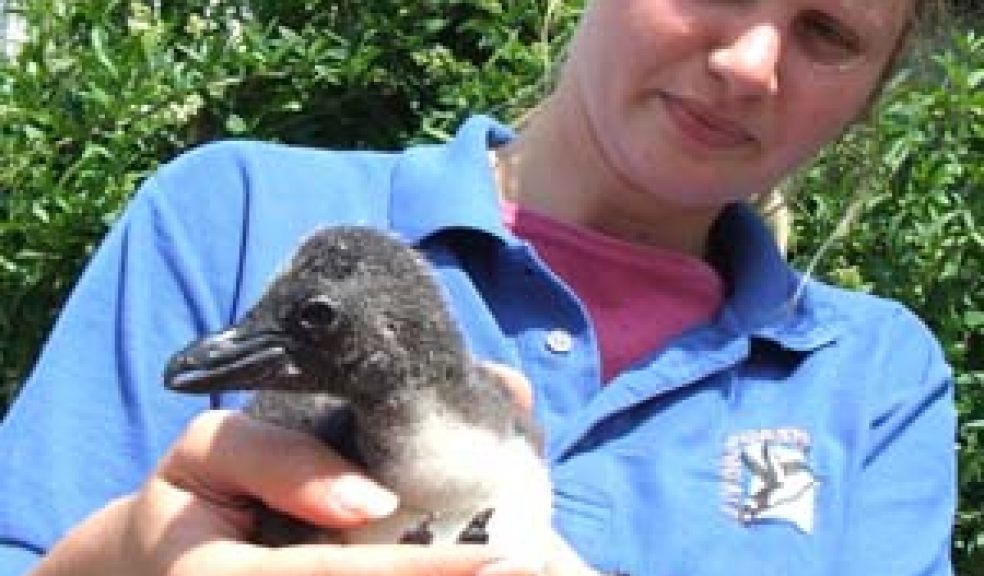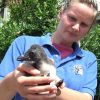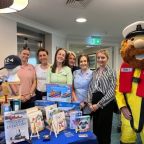
Torquay is a fertile breeding ground
A Devon zoo is the best in Europe for breeding some key species. And it’s partly down to its location – in Torquay.
Living Coasts is the best among top animal collections for breeding species such as African penguins, blue spotted stingrays and Inca terns. Its coastal position is one of the keys to its success.
Clare Rugg, the Living Coasts Operations Manager, explains: “The site is close to a source of clean, cool seawater, so we don’t have to make our own saltwater. Also, the fresh sea breezes help to counter aspergillosis, a common respiratory problem, as well as avian malaria. So Torquay is an excellent place to keep seabirds.”
Other factors contributing to the success of Torquay’s coastal zoo and aquarium include exhibit design, staff experience and husbandry. Senior keeper Amy Fitzgerald has been working with Inca terns since 2004. She manages the European studbook, which means she advises other zoos on husbandry techniques, arranges moves between zoos and gives guidance on breeding.
Senior keeper Lois Rowell has worked with penguins for over 20 years. She has a wealth of experience and has passed her knowledge on to many other keepers. Meanwhile, aquarist Adam Johnstone has worked with sharks in South Africa and his expertise with elasmobranchs - sharks, rays and skates - has been a huge contributing factor in the breeding of rays in the aquarium.
The Living Coasts exhibit successfully recreates the natural habitats of the species that live there. The penguins have a large beach, deep sea-water pool and deep breeding burrows. The Inca terns have a huge area to fly in and cliff tops to nest on. The attraction won a European zoo award in 2005 for its design.
Clare again: “We also give the animals a high quality diet – what they eat is fit for human consumption.” Between 2003 and 2012 the charity attraction hatched 173 African penguins. “So far this year we have had 9 African penguin chicks – but as we speak they are building nests and laying eggs. There will be chicks on the beach over the winter.”
In ten years the zoo has hatched 273 Inca terns, including 32 this year. Birds have gone on to join collections across Europe. Meanwhile, the stingrays in the underground mangrove forest have also been prolific. The blue spotted stingrays produced 4 young last year 4 this year, while the blue-spotted ribbontail rays gave birth to 3 last year and 6 this year. For more information go to www.livingcoasts.org.uk or ring 0844 474 3366.

















